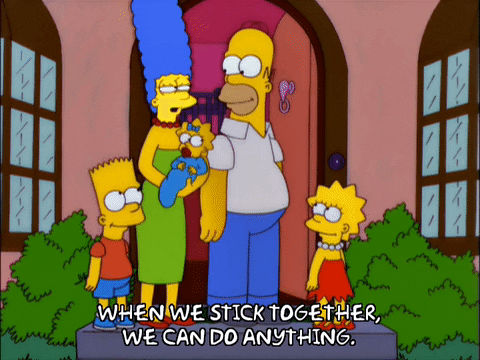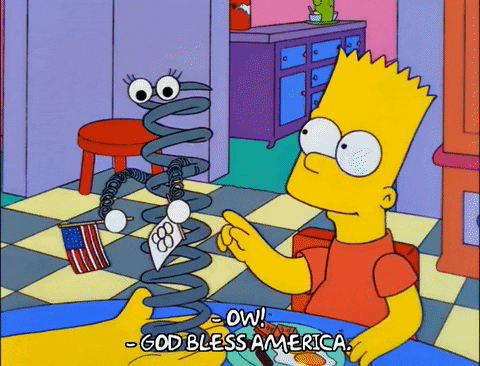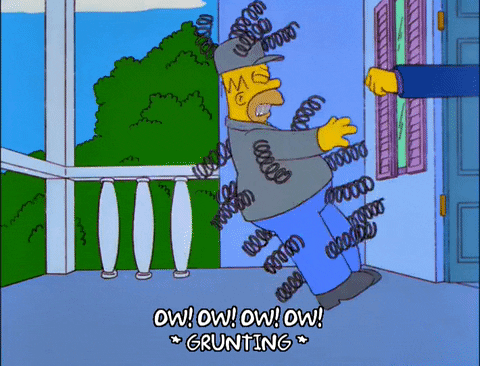Due Monday, October 31, 11:59pm

MAT 2680 students’ instructions
MAT 2680 students, the instructions here are not for you! Do not comment on this post! See the post with your instructions over on the MAT 1575 site here.
Continue readingProfessor Kate Poirier | D067 | Fall 2022
Due Monday, October 31, 11:59pm

MAT 2680 students, the instructions here are not for you! Do not comment on this post! See the post with your instructions over on the MAT 1575 site here.
Continue readingDue on the OpenLab Monday, November 7
The last question of the WeBWorK set 8-SecondOrderNonhomogeneous is the only WeBWorK question which corresponds with section 5.6. The WeBWorK set 9-SecondOrderVariationOfParameters, which corresponds to Section 5.7, has only two problems. To make sure you are seeing enough examples applying the techniques of reduction of order and variation of parameters, you will also choose one textbook homework problem to solve from these sections. You’ll share your solution on the OpenLab.
You will earn participation credit for completing this assignment.
Part 1 due Monday, November 14, Part 2 due Monday, November 21
Project #3 will be similar to Project #1. For Project #3, you will see how the techniques you’ve learned for solving second-order differential equations apply to certain real-world examples. In groups, you will put together a full lesson for your classmates on these applications. Project #3 has two parts:
Post due on the OpenLab by Monday, November 14, 11:59pm (end of Week 12)
Examples:
Group 1: Springs: free undamped

Group 2: Springs: free damped

Group 3: RLC circuit

Post due on the OpenLab by Monday, November 21, 11:59pm (end of Week 13)
For the group component of Project #3, your group will need a secretary. The secretary will be the one who will submit the group’s OpenLab post by the deadline. To submit this post they will copy-paste the group’s work from Part 2 and include links to the pairs’ video posts from Part 1. Volunteer to serve as your group’s secretary in the sign-up sheet here. If more than one person volunteers, the group will elect a secretary.
The group post is a lesson on the textbook section that the whole class will read. It has three components:
Some of the textbook sections have more than one type of application or equation, so your lesson may need to have a few different subsections. Make sure the appropriate examples are grouped together and linked to the appropriate paragraph description.
Title the post “Project #3” and the title of the textbook section. Select the category Project #3 groups before you publish your post.
Half of your Project #3 grade will come from Part 1 and half will come from Part 2. here are the questions to consider:
Part 1
Part 2
© 2025 MAT2680 Differential Equations
Theme by Anders Noren — Up ↑
Recent Comments